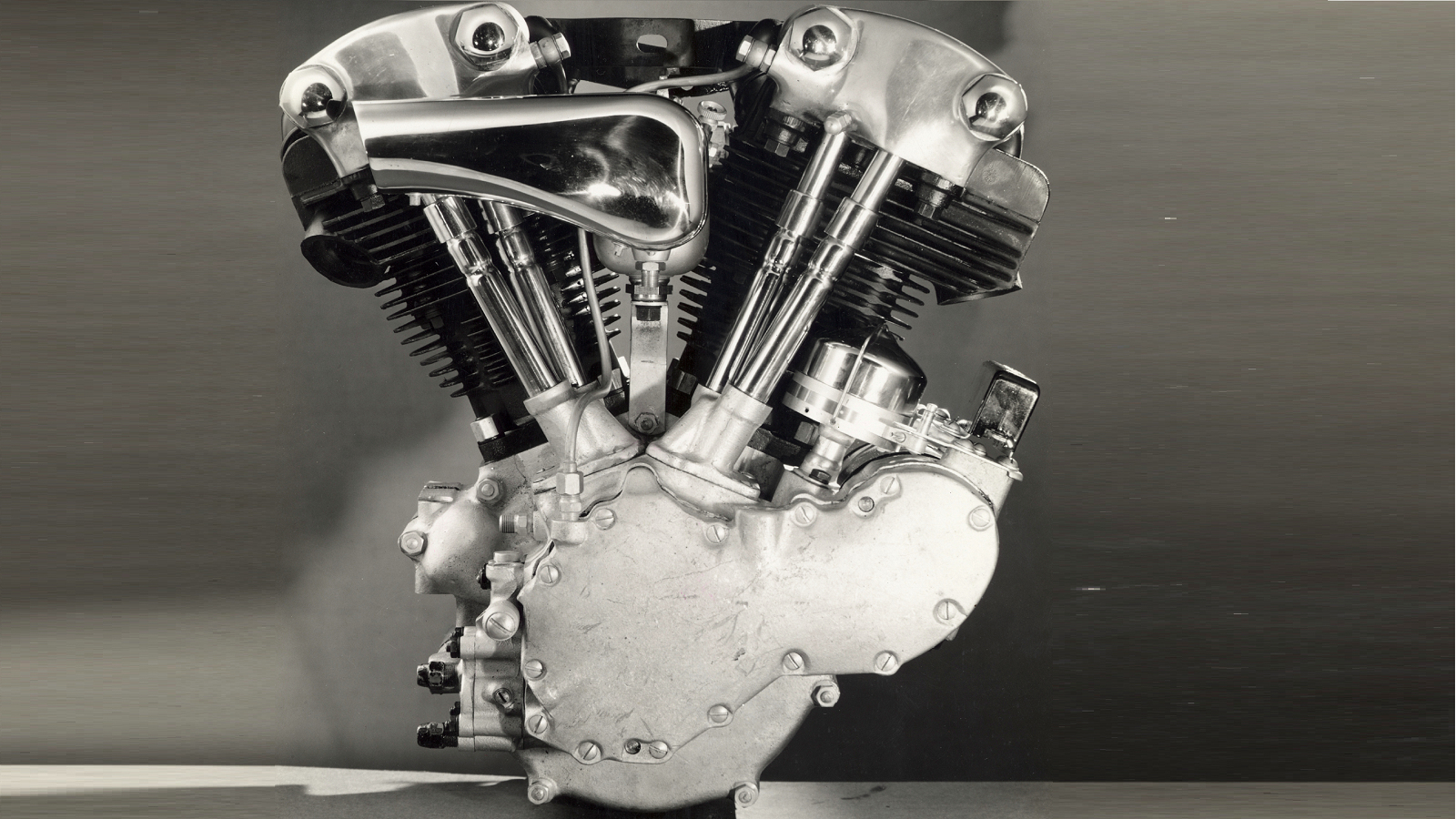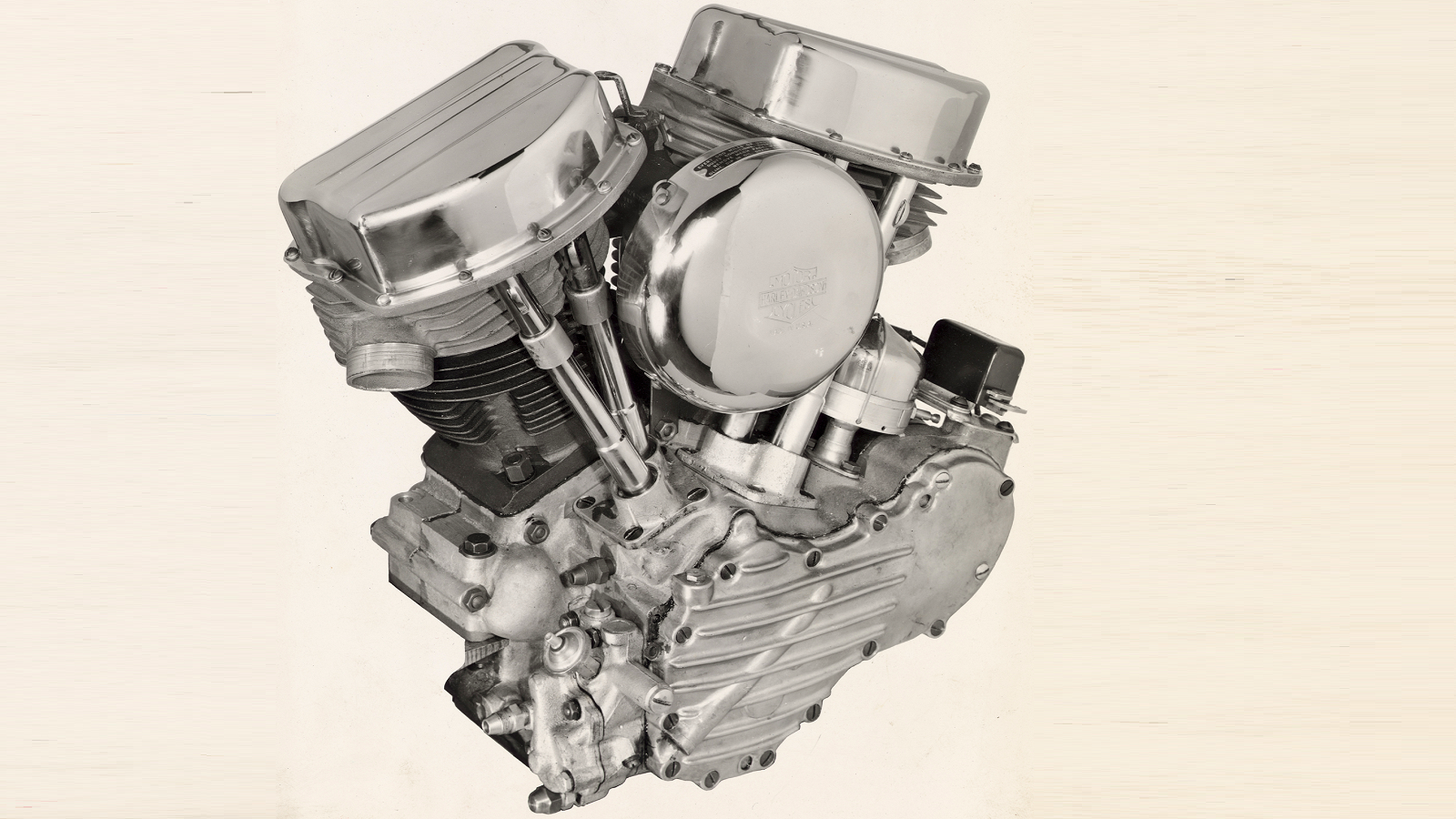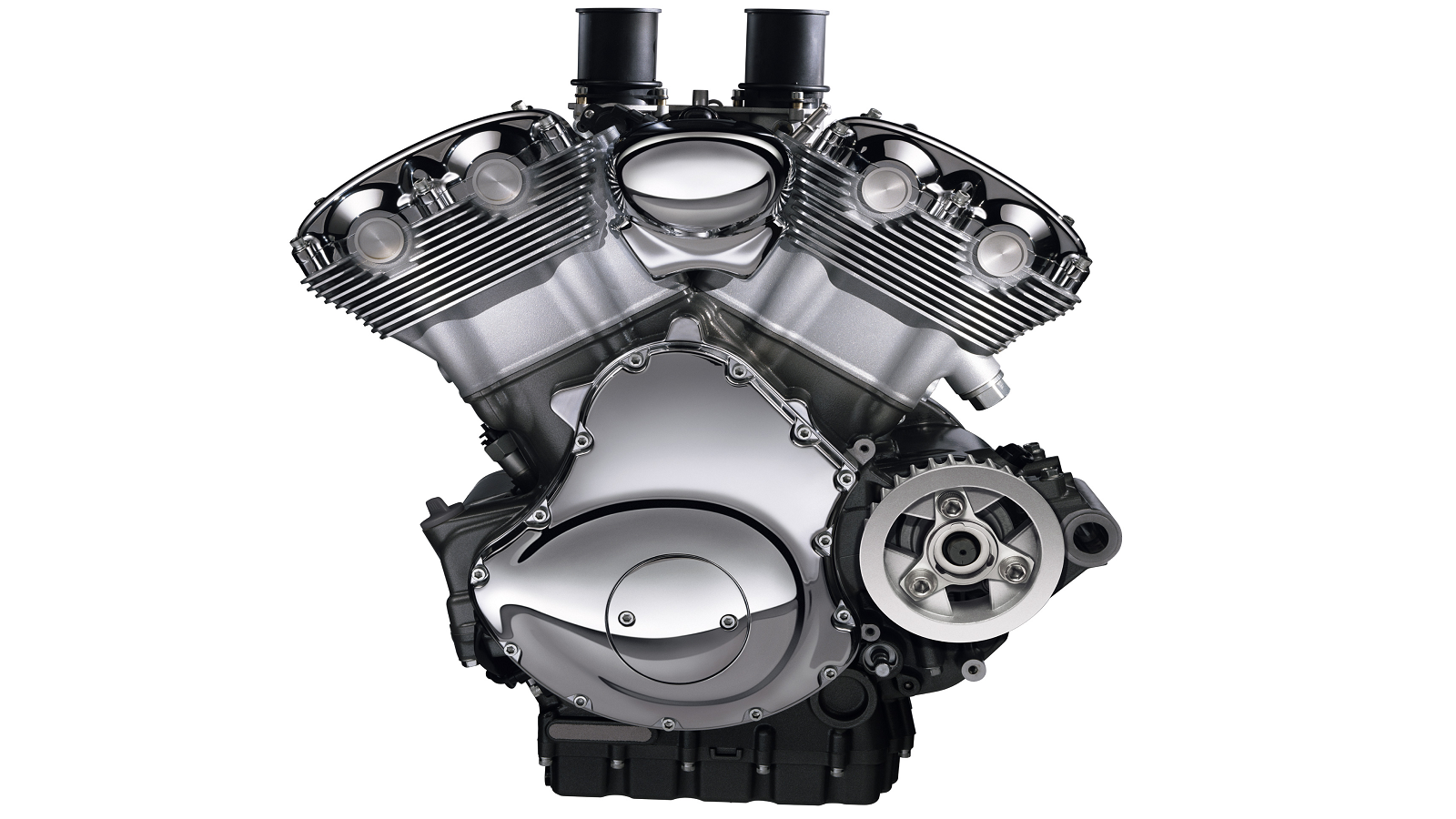5 Best Harley-Davidson V-twin Engines
Harley-Davidson released their first V-Twin engine in 1909 and, as a result, has become synonymous with that V-Twin thunder. Over the years Harley has created their share of engines, but a few stand out as the very best.










1. Knucklehead 1936-47
Ask any Harley connoisseur about which type of classic they dream of owning, and chances are they would eagerly shout "A Knuckle, of course!" Harley-Davidson spent 5 years thoroughly developing the Knucklehead engine before it was finally introduced to market in 1936. Prior to the "E 61" engine, Harley had only produced overhead-valve engines for racing applications because they felt they were unreliable for street use, compared to their tried and true IOE or flat-head engines. With the introduction of the Knucklehead (aptly named for its bulbous rocker boxes resembling the knuckles of a clenched fist) Harley also ditched the total loss oiling system in favor of a modern dry-sump recirculating system and gave the public blistering performance that had previously been found only at racing circuits. The stylish Knucklehead would serve as Harley's flagship engine for a solid twelve years before giving way to the Panhead in 1948.
2. Panhead 1948-65
The successor to the Knucklehead was another easily recognizable engine, the Panhead, named for its inverted cake pan-shaped rocker covers. Panheads essentially used the same engine bottom-end as the Knucklehead, but with a number of improvements made to the top-end. Introduced in 1948 in 61 and 74 cubic-inch variants, the new Panhead featured aluminum cylinder heads to dissipate heat quicker than the old cast-iron units, thus allowing high performance while reducing overheating issues. Hydraulic valve lifters were incorporated to eliminate valve lash adjustments, and the one-piece valve covers, which housed newly designed trunnion rocker arms, were created to help eliminate the common oil leaks, but were not 100% successful. Unlike the Knucklehead's external oil return lines, the Panhead used channels in the cylinder castings as well as the pushrod tubes for oil return to the scavenge pump. All-in-all, the Panhead served as Harley's big twin from 1948-1965 and would top 60 horsepower in its final iteration.
3. Shovelhead 1966-85
The Shovelhead has a huge following of enthusiast and its fair share of critics, so it is safe to say you either love it or hate it. The Shovel was developed to improve power levels for touring motorcycles that were getting larger and heavier (such as the Electra Glide). It debuted in 1966 and received a new shallow combustion chamber cylinder head design that dropped the valve angles and increased compression for a 10% increase in horsepower over the outgoing Panhead. As can be seen in the photo, the rocker boxes made a return as a sort of homage to the Knuckleheads of years past, and the rocker arm pivots were now cast directly into the rocker boxes themselves. Much of the criticism you will hear about the Shovelhead is a combination of quality control issues with the AMF control of Harley-Davidson and the increasing emission standards and unleaded gasoline that caused engines to experience leaner mixtures, overheating, and subsequent detonation. That said, Shovelheads are user friendly engines that owners could wrench on themselves, and when properly cared for, were as reliable as anything that came out of the motor company's plant. Anyone who has an ear for a Harley V-Twin will likely agree that Shovels are possibly the best sounding engine Harley has ever made.
4. Evo 1986-99
In many respects the Evolution engine, introduced by Harley in select bikes in 1983, was the engine that saved the company and brought H-D into the modern era with its new features. The Evo was far superior to any of Harley's previous engines in its power output and general reliability. Overheating and head warping issues were solved by using new iron-sleeved aluminum cylinders (instead of cast iron) to allow the cases, heads, and cylinders to all expand and retract at a similar rate. Cylinder head combustion chambers became even shallower by further reducing valves angles, and the heads were securely clamped in place by redesigned & lengthened head studs to prevent head gasket leaks. All new pistons were introduced with exacting modern tolerances thanks to better controlled cooling and less piston expansion. Significant work was done on the intake side of things to improve airflow into the cylinders, and exhaust ports were shortened as much as possible to prevent heat soak of the heads from hot exhaust gases. These major improvements added up to a fairly powerful engine (60+ horsepower) that was claimed to have run for 4 days straight, doing 85 mph at Talladega Speedway, during development, 100 hours of full-throttle testing, and 750,000 trouble-free road-going miles. The Evo was available until the year 2000, but is still a popular engine choice for many bike builders and is capable of handling big horsepower.
5. Revolution 2002-2017
Perhaps the most underappreciated V-twin is the 60 degree, liquid-cooled, Revolution engine as used in the V-Rod. The Revolution engine was an offshoot of the 1000cc V-Twin as used by Harley-Davidson in their AMA VR1000 factory superbike road racing effort. In a joint collaboration with Porsche, Harley developed the 1,131 cc Revolution with race grade technology, including a one-piece forged crankshaft, chain-driven dual overhead cams with hydraulic chain tensioners, sequential port fuel injection, internal balancing, side-by-side connecting rods with full pressure oiled bearing journals, and of course, water-cooling. The original Revolution engine released in 2001 made a healthy 115 horsepower with a sky-high redline (for a Harley) of 9,000 rpm. In 2008, the engine would grow to 1,247cc to produce 125 horsepower and 84 pound-feet of torque, and will remain in the final V-Rods that will roll off of the assembly line in 2017. With the Revolution engine only being offered in V-Rod models, it is likely that it has not received widespread praise because there are relatively few people who have ridden one, since V-Rod sales make up only sliver of Harley motorcycles sales. Although the big Revolution engine will soon be lost to history, its smaller sibling, the Revolution X, will carry on in Harley's Street 750 and 500 models.
For help keeping our bike on the road, check out the how to section of HDForums.com

